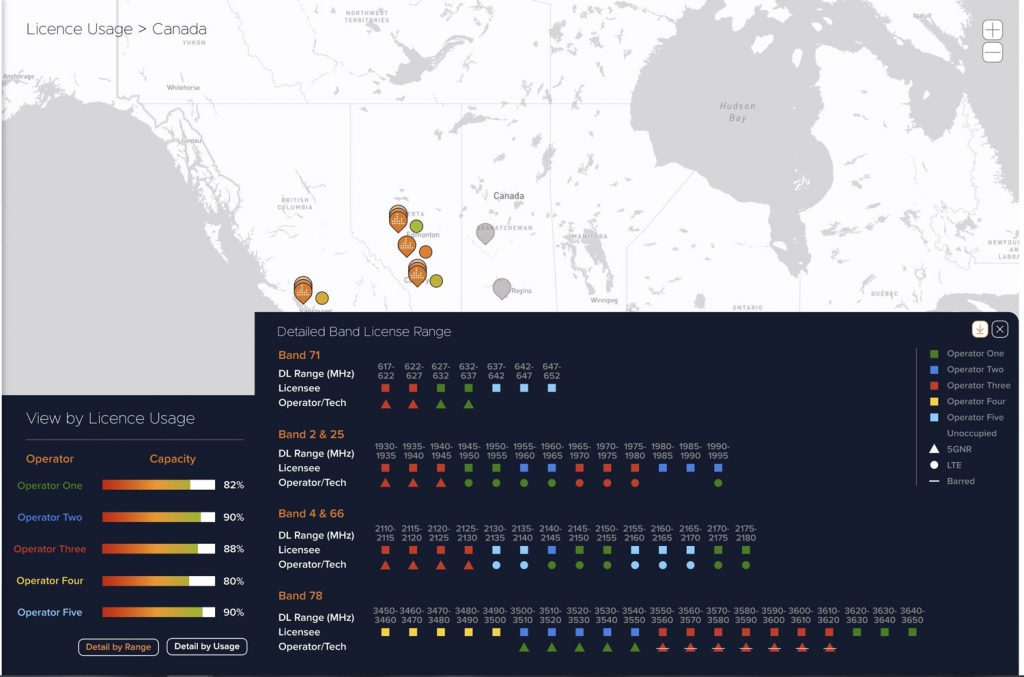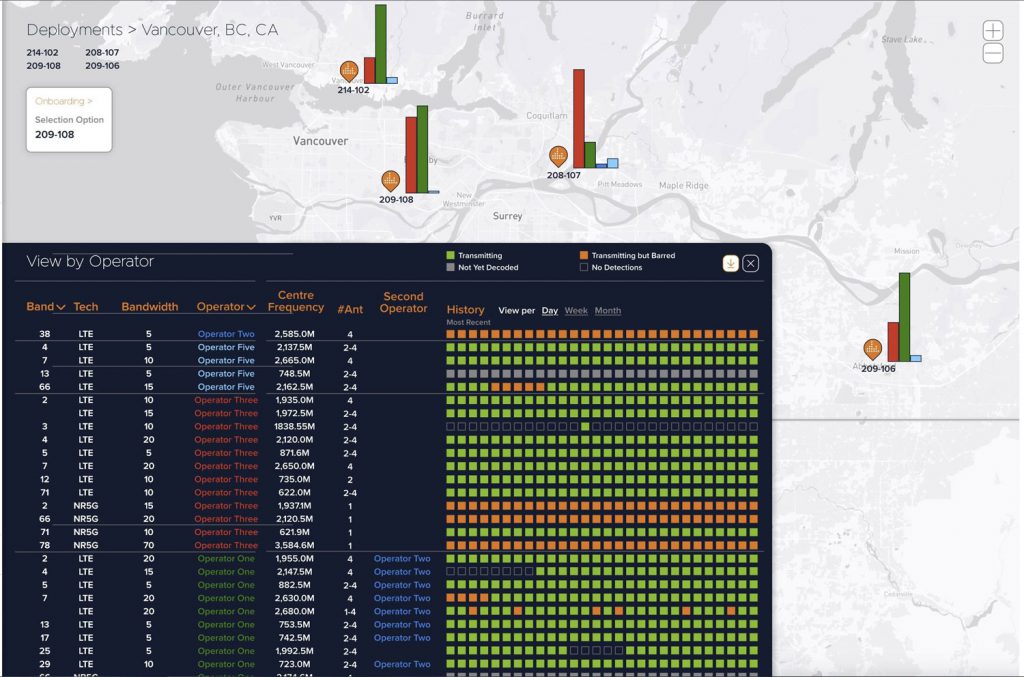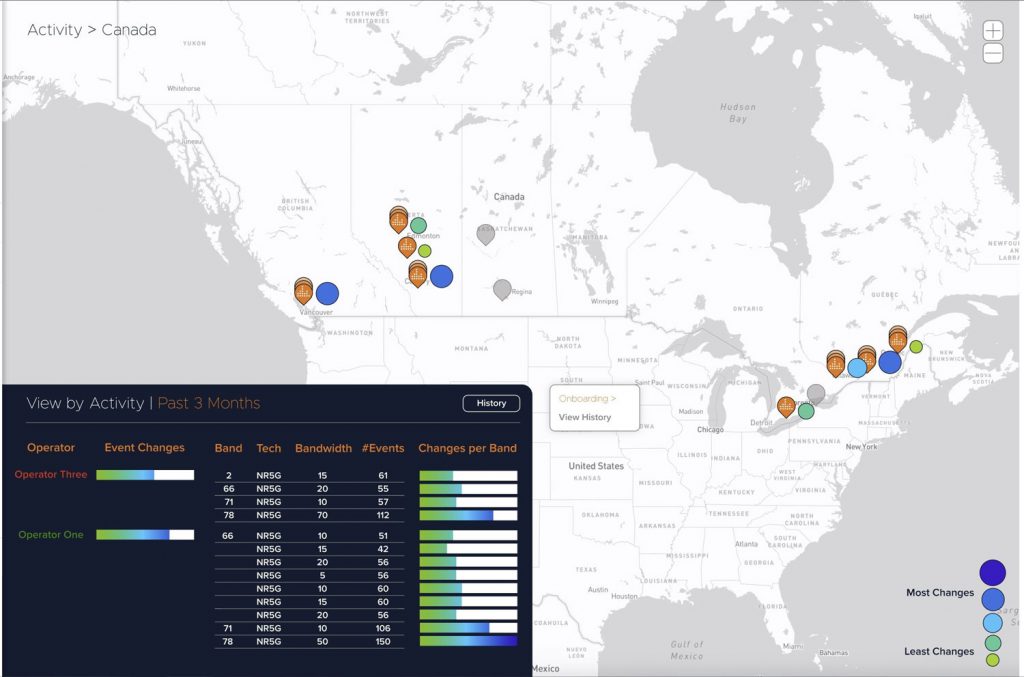
Identify Cellular Interference
in Satellite Downlinks
Know signal disruptions and interferences before they negatively impact your bottom line.
Spectrum eXperience Management (SXM) provides real-time and autonomous spectrum intelligence and monitoring.
It continuously monitors and characterizes wireless infrastructure in an area, optimizing, planning network quality and spectrum management, which empowers MNOs to optimize billions of annual spending on spectrum acquisition & network planning.
The video on the right briefly describes how SXM operates.
Autonomous, Continuous Network Intelligence Platform

CONTINUOUS
Fault tolerant design, remote management and included maintenance program, ensures 24/7 continuous monitoring of all signals of interest, identifying new events as they happen.

AUTONOMOUS
No local operator intervention or RF training required. Autonomously scans local RF environment, detecting, identifying, and characterizing all 3GPP transmissions, providing valuable insights based on its findings.

EASE OF USE
Effortless plug & play operation. Just provide power to start delivering spectrum insights to your desktop.
93% of satellite operators encounter interference annually. Over half face monthly disruptions and 17% deal with continuous interference in their daily operations*.
*Satellite Innovation Group (https://satig.space)
Collecting data is easy and fast
By positioning our thinkRF Spectrum eXperience Management (SXM) nodes in strategic locations, we can identify in seconds what infrastructure has been deployed by which carrier, and what technologies are being used. SXM nodes are plug ‘n play. Data collection is continuous, and it is available in real-time.

View License Usage

View Operators

View Activities
Conflicting Communications
This use case study discusses key factors contributing to the satellite downlink interference which cause signal degradation or complete loss of data. You will also find fundamental types of interference that 5G systems cause for satellite systems.
Tip of the day: You will discover the real-life insights where one of the Tier 1 operators detected not only the 5G towers, but also channel, cell, location and power readings that were causing interference!